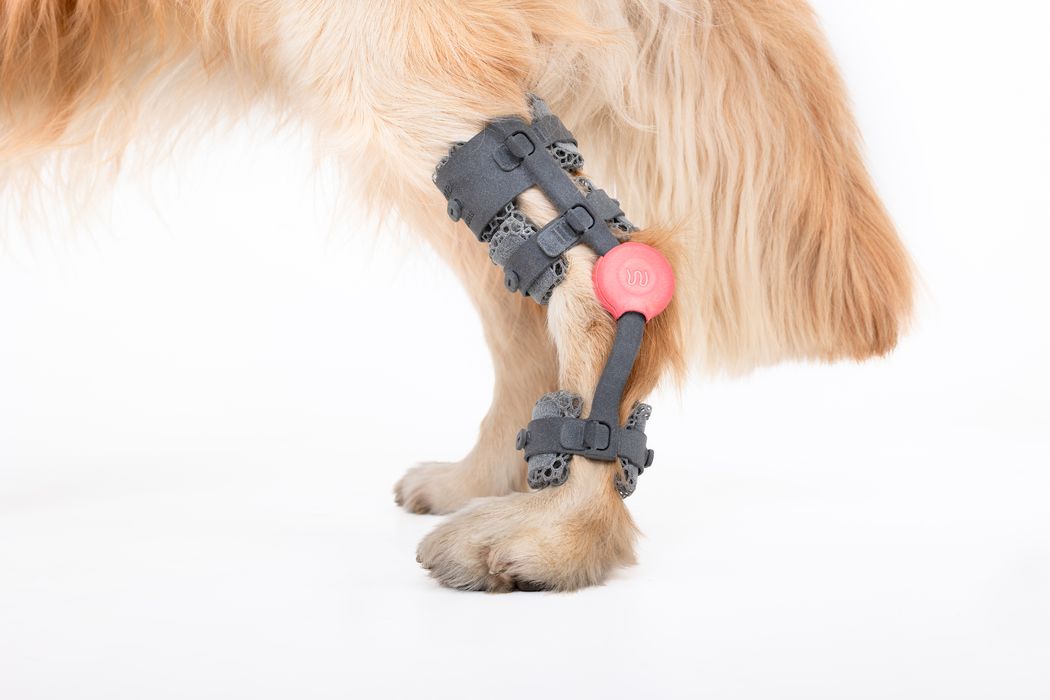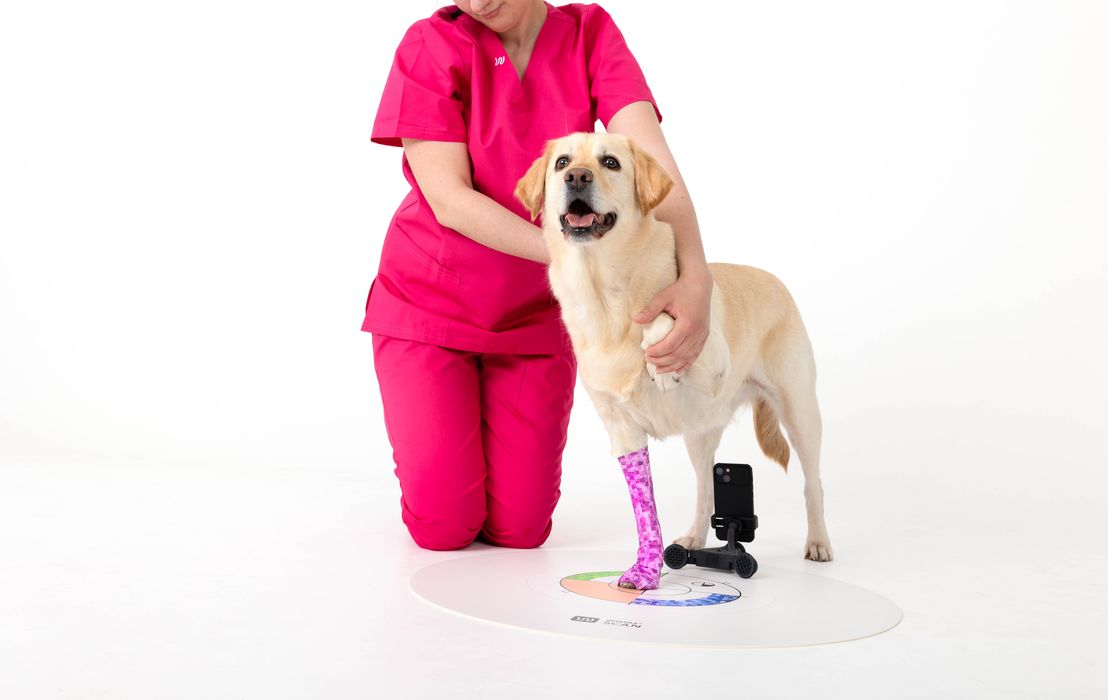
I had no idea pet-tech had advanced so far, and it turns out 3D printing is a key factor.
Pet-tech is the science of applying advanced technology to the world of pets. Like other “x-tech” domains, pet-tech is comprised of a wide range of applications, including location monitoring, feeding systems and more.
One of the popular applications is pet prosthetics. We’ve seen how many parties have 3D printed artificial limbs for dogs, or produced custom two-wheeled carts to enable mobility. However, Poland-based WIMBA takes prosthetic pet-tech to a new level.
They have developed a complete system for providing pet prosthetics, with a workflow that begins with a 3D scan. This is quite unlike the “download and print” artificial limbs we’ve seen before, and enables customized prosthetics for each pet patient.
I’ve seen this approach previously done with humans, where a surviving limb is 3D scanned, and then mirrored in CAD to produce a reasonable 3D model of the missing limb. This can then be printed — or more likely, printed as an enclosure for the actual artificial limb. This makes the missing limb appear quite natural.

However, WIMBA is doing this for pets. In the image above you can see how they are 3D scanning the leg of a dog with a missing leg. They’ve tightly wrapped the surviving leg with a cover that is easy to 3D scan, and produces a 3D model that represents the leg, not the fur.
Their process, launched in 2022, has provided prosthetics for over 700 pets in 25 countries.
For 3D printing, the company has been using HP’s MJF technology, contracting with providers to produce parts on demand.
However, this week they announced that they’ve implemented their own MJF system in-house. This provides them greater flexibility and speed. CEO and Co-Founder of WIMBA Greg Kosch explains:
“Our new facility speeds up production significantly, reducing waiting times for pets that need immediate support. With in-house production processes—including printing, cooling, and sandblasting—we’re able to deliver most standard orthotics within just 10 working days. From the moment the order is placed via WimbaAPP to the moment it reaches the clinic. It also enables us to keep innovating—exploring new materials and refining our designs to better serve pets and veterinary professionals worldwide.”
This is quite interesting, because it signals a growth in demand. Startups typically use contracted 3D print services as they start with low product volumes. Low volumes don’t justify the purchase of expensive 3D printing equipment. However, in this case it appears that WIMBA’s sales have grown to the point where it makes financial sense to bring the 3D printing in-house.
In other words, their business model is working, and their pet prosthetic service is expanding.
This is the pattern we would like to see with new companies experimenting with unusual 3D print applications.
Via WIMBA
